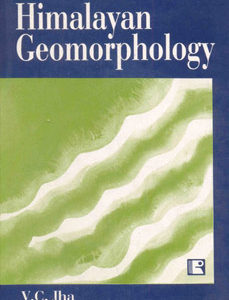SOCIAL GEOGRAPHY
₹375.00 Original price was: ₹375.00.₹319.00Current price is: ₹319.00.
25 in stock
This book has grown out of the author’s involvement in the teaching of social geography over the last two decades. It makes an approach towards a social-geographical interpretation of India. The critical elements of the complex social phenomena that defined India today or at any other point of time in our long history have received detailed attention in this work. Focusing on elements of social identity, such as ethnicity, tribe, caste, language and religion, the work evaluates these parameters of Indian identity in a spatial frame.
Admittedly, not much work has been done on the spatial organization of Indian society and its social structure as expressed in identities such as ethnicity, tribe, caste, community, language, dialect and religion at the grassroots level, although broad all-India outlines are discernible in stray research. The present work seems to serve two main purposes: First, it reconstructs the broader outlines at the all-India level, disaggregating the data wherever possible upto the regional levels. Secondly, it presents data in a historical context, thus demonstrating how crucial the spatial dimension is in understanding the socio-cultural evolution of the Indian people, as well as in realizing the significance of the socio-cultural diversity in the functioning of the federal polity in India today.
| Author's Name | |
|---|---|
| Binding | |
| Release Year | |
| Language | |
| Publisher |
Related products
Geography
Geography











